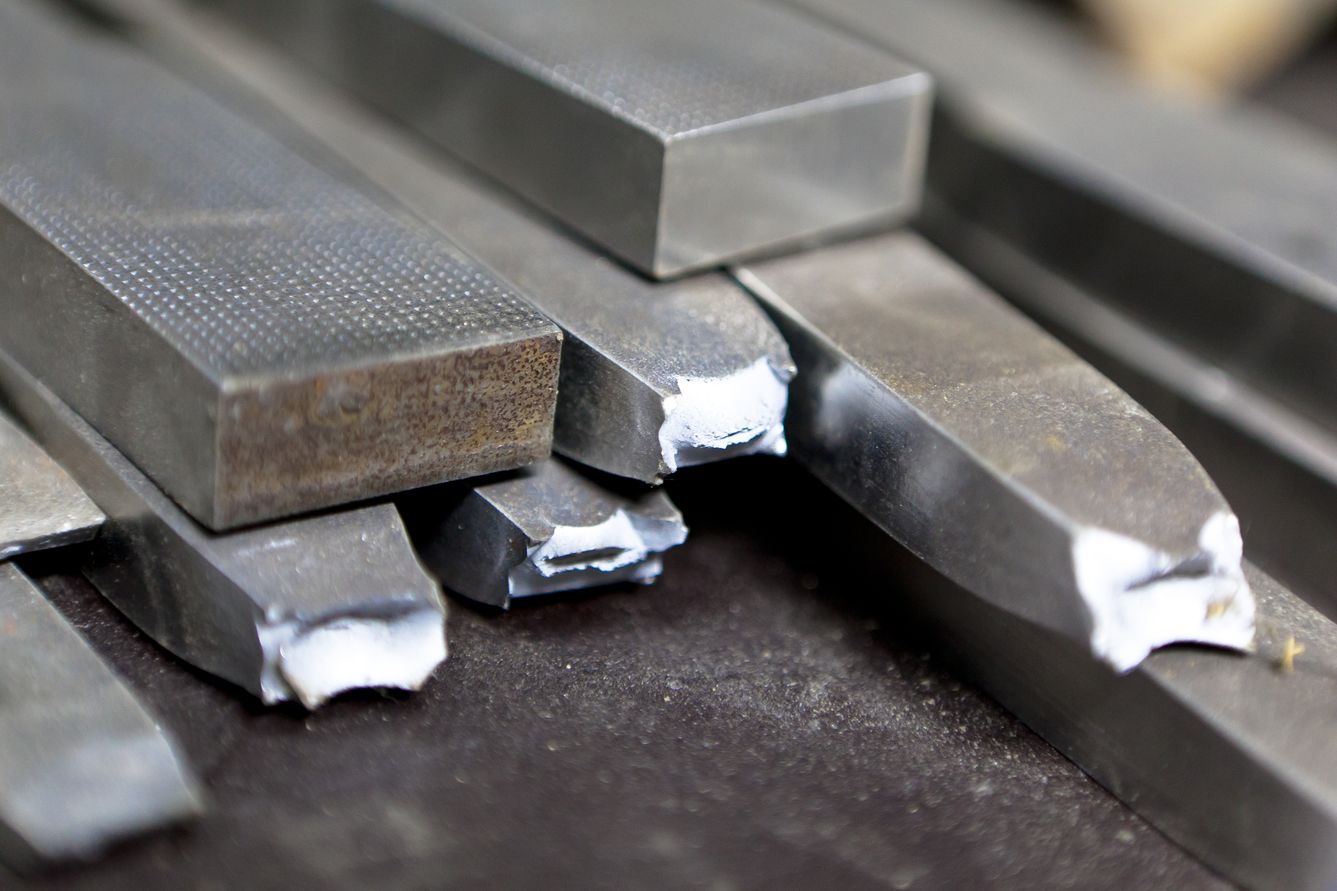Laboratory for Inspection of Welds and Welded Structures
The safety of welded structures depends on the quality of the welds made, which must be checked both visually and using laboratory methods. The Laboratory for Inspection of Welds of the Klokner Institute owns modern instruments for visual, penetration and ultrasonic testing of finished weldments. The aim of these methods is to minimize the risks associated with the use of welded structures in buildings.
Types of weld inspections for welded structures
Welding is a method where checking the correct implementation is not easy. Therefore, it is necessary to follow the prescribed procedures of the production process as well as of subsequent controls. The welding process is based on a number of standards which can be simply divided into:
- non-destructive
- destructive tests
that are necessary to verify the correctness of the welded joint..
Non-destructive tests (NDT), which include visual, penetration, magnetic, and ultrasonic or X-ray inspection, can detect both surface and inner defects. Non-destructive testing is always performed before destructive testing unless otherwise agreed.
Destructive tests (DT) of welded joints focus on checking strength, plasticity, toughness, hardness, integrity, and determining macroscopic and microscopic defects. Destructive tests are carried out on test samples taken from the inspection weld joint intended for testing and subsequent disposal. Actions performed on the sample are irreversible, so they cannot be applied directly to the structure intended for operation.

